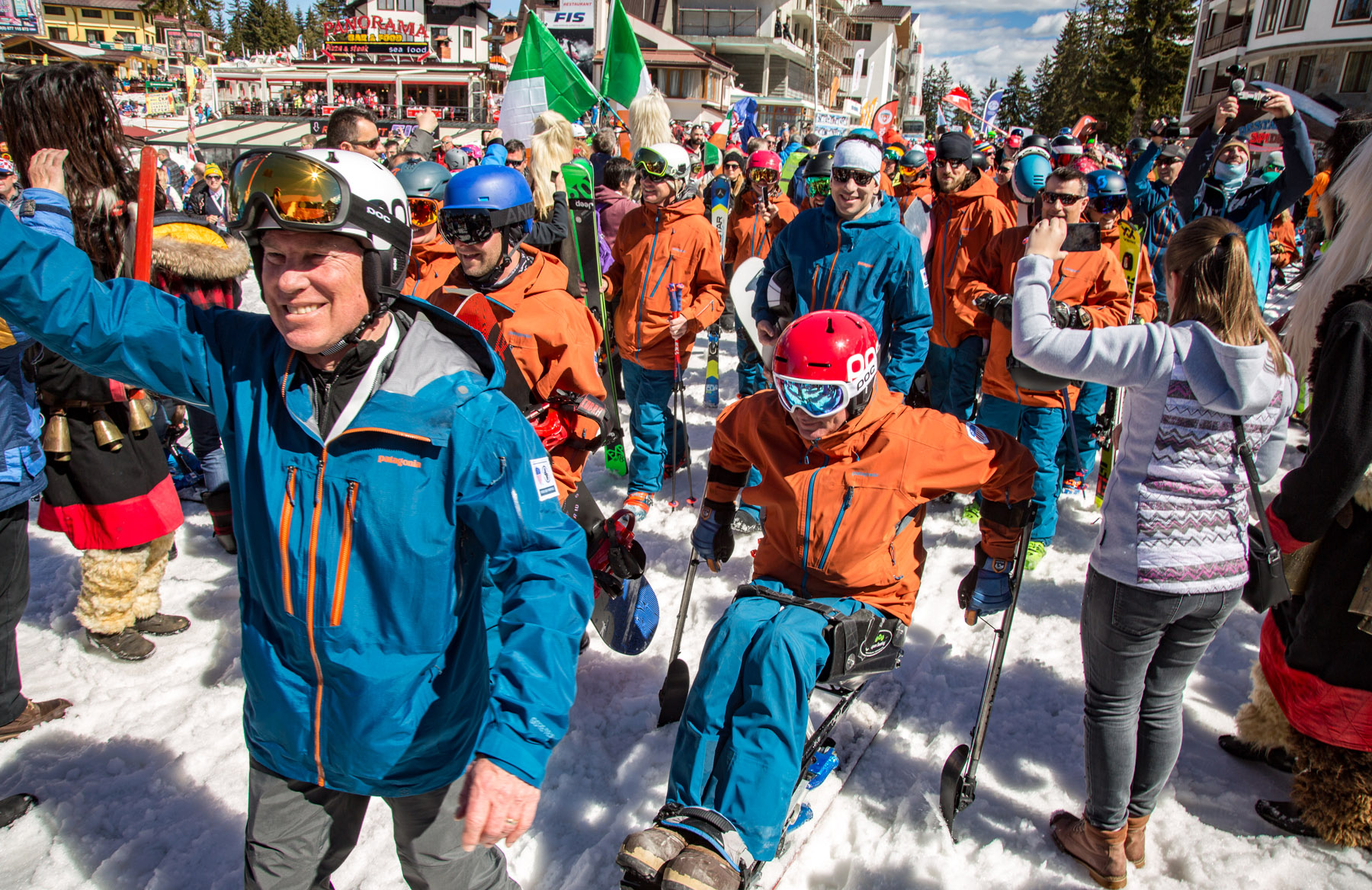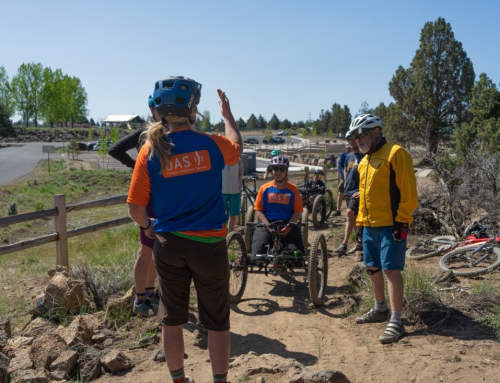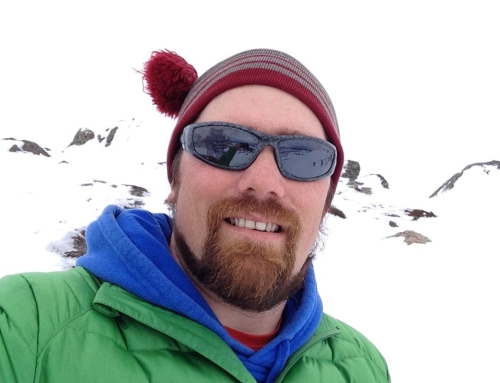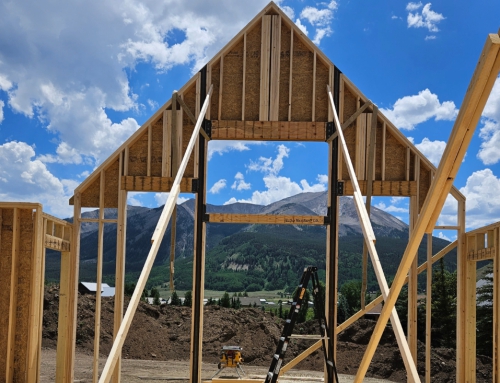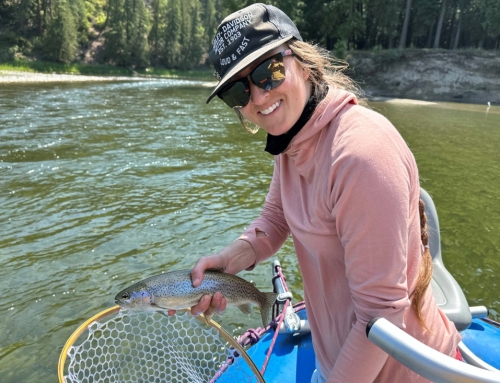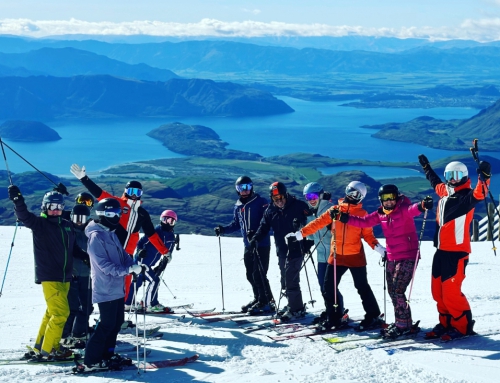Putting a Wrap On Interski: Team Coaches Talk Key Themes
The PSIA-AASI National Team is working on ways to integrate their Interski 2019 presentations – and ideas from the international community – into clinics, articles, and training tips for next season.
Here, the coaches of each discipline provide an overview of the key themes they observed in Pamporovo, Bulgaria, and reflect on the educational initiatives they are planning here at home.
Michael Rogan, Alpine: In a shift away from the last two Interskis, many of the workshops in Pamporovo focused on teaching. This lined up perfectly with the U.S. presentations, as we have presented on teaching for decades. My key takeaway is that most countries are moving beyond pure technique and into concepts similar to our Teaching and People Skills ideas.
Scott Anfang, Snowboard: There were three main themes that I noticed in the presentations. 1) Each country did an overview and explanation of their certification process. 2) There was a much stronger focus on teaching. 3) Instructors paid more attention to the future guest, which includes more snowboarding opportunities for younger kids. We were right in line with the Riglet ‘Kids can Snowboard’ project, as this approach elevated the concept of the future guest to the next level. PSIA-AASI’s presentations on The Learning Connection Model also focused on the guest experience from any discipline.
David Lawrence, Nordic: The Czech Republic’s program emphasized learning classic, skate, and alpine skiing in one program. Because of the time constraints of the program, and the large breadth of technique to cover, the cross country part of the program focuses narrowly on a certain drills and tasks that function in the beginner to intermediate zone, all of which look familiar to American cross country ski instructors. Australia, another country focusing on the beginner skier, emphasize drills for skills. The Swiss focused on the experience of skiers at all levels, trying to grow the number of higher level skiers taking lessons by creating compelling products and experiences, all student centered, to drive the goal of “magic moments.”
Geoff Krill, Adaptive: There was a genuine shift towards teaching adaptive skiers and snowboarders, versus providing experiences for adaptive athletes. Still, while most countries presented what they teach, they lacked a technical understanding as to why they teach it, and the cause and effect relationships that occur. I believe this is rooted in the lack of application from something like our fundamentals. The other missing piece is a solid resource of educational materials, and many are looking to PSIA-AASI to acquire this information. Also, in most countries, adaptive is not included with the main educational skiing and snowboarding groups. BASI is the other organization that teaches adaptive using the same concepts and strategies used in other disciplines, sharing the same one team vision as PSIA-AASI.

